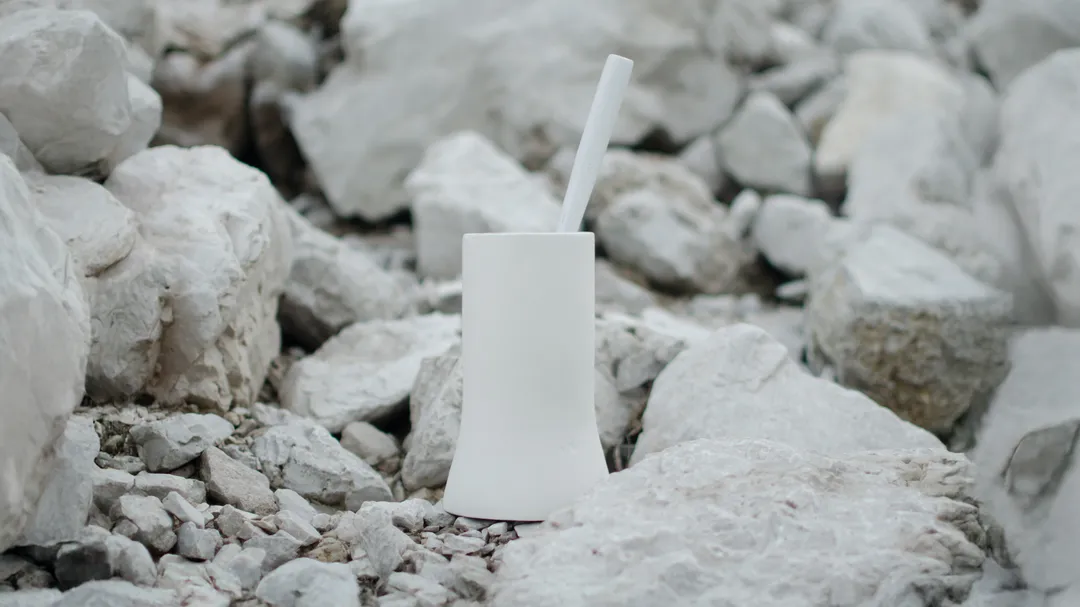Time
Orbiting stations are, for Space Design—time machines—that produce altered perceptions such as the 16 sunrises and 16 sunsets within a 24-hour Earth cycle.
Time marks and regulates life in a profound way. As with the other senses, the perception of time is not absolute, but varies in relation to the changing environment.
Living and working in weightlessness involves significant cognitive, postural, physiological and semantic changes, which influence the crew’s thoughts, emotions and behaviour. The daily routine is disrupted by unique conditions, such as confinement and microgravity, which profoundly affect the perception of both space and time.
Two distinct orders of time coexist on the International Space Station (ISS): an internal, artificial one and an external, natural one.
The former reproduces the Earth’s 24-hour cycle, with day and night phases regulated by artificial light, following the Earth’s circadian rhythms. It is a time controlled by human beings, meticulously planned and established months before the space mission. This time organises every activity—from work to rest, from exercise to experiments, to routine maintenance and personal care—according to strict schedules and procedures.
The second temporal order, astronomical and independent of human will, is the time perceived outside the orbiting space station, observable through the windows of the Cupola: the vacuum of Space, illuminated by sunlight, alternates sunrises and sunsets every 90 minutes due to orbital velocity. This time, measured through the natural light cycle, is equivalent to perceiving the passage of 16 Earth days within 24 hours, generating the sensation of an accelerated rhythm.
Space Design must address these different perceptions of time, considering both the environment and the emotional states of the astronauts. It must question how these perceptions affect the physiology, psyche, thoughts and behaviour of the crew, with the aim of mitigating spatial and temporal disorientation and improving overall well-being.

















